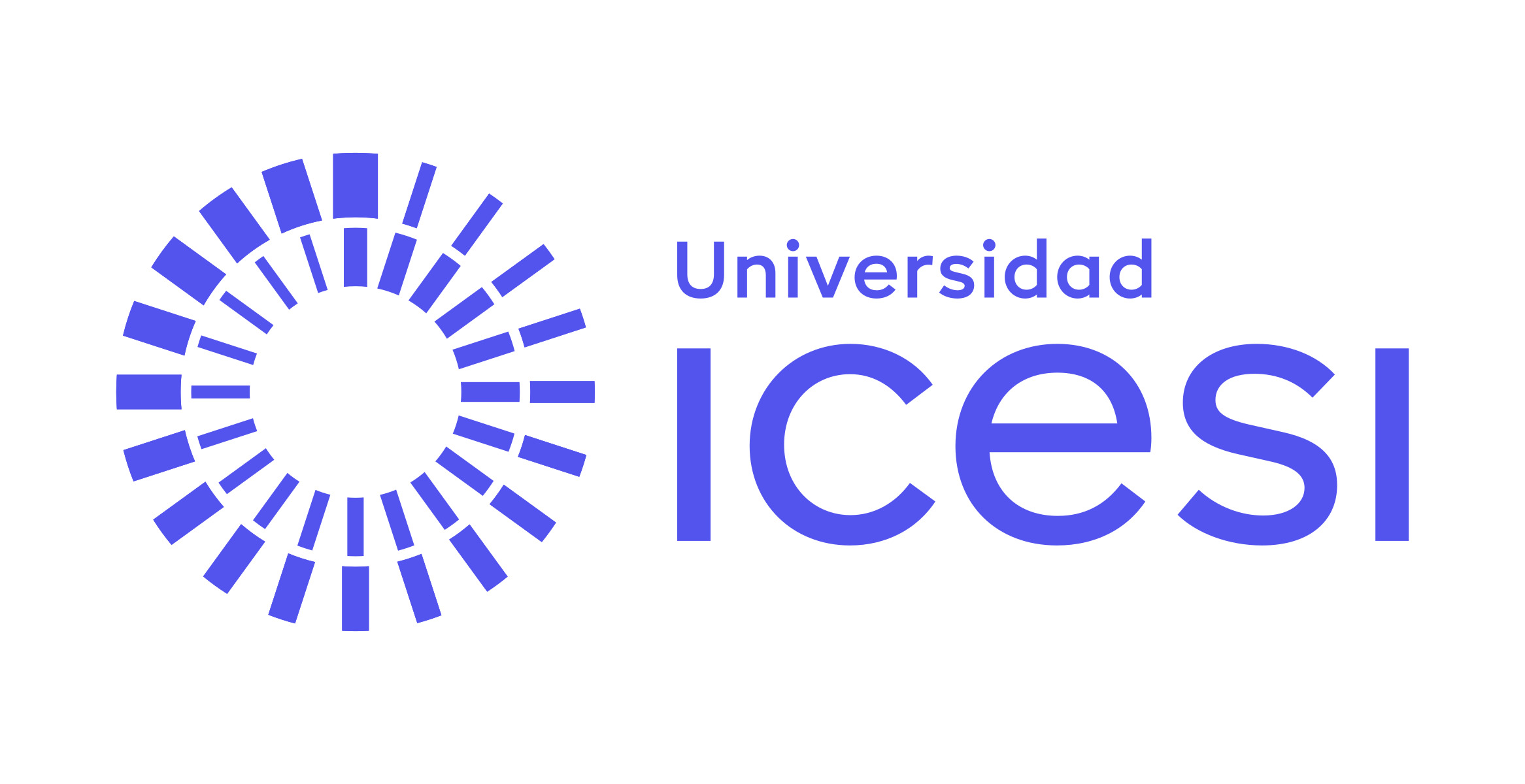De un modelo de transporte terrestre masivo tercerizado a un modelo de integración vertical hacia delante
Fecha
Autores
Director de tesis/Asesor
Título de la revista
ISSN de la revista
Título del volumen
Publicador
Editor
Compartir
Resumen
El sector transporte de carga terrestre en Colombia cobra gran importancia en la Economía y desarrollo de la competitividad Nacional. Este es un insumo para la distribución de los bienes dentro del territorio Colombiano, haciendo necesario analizar los diferentes modelos para la prestación de este servicio. Dentro de estos agentes se encuentran los Generadores de carga, quienes presentan diferentes redes de distribución logística, unas más complejas que otras por la naturaleza de la carga y las condiciones comerciales de sus clientes. Frente a este panorama se crea la necesidad de analizar las mejores opciones de transporte para cumplir con las metas de nivel de servicio al cliente, dentro de un marco de costos eficientes. Para conocer las necesidades directas de algunas Industrias como Alimentos (Subsector Confites y Chocolatería, Panificadora, Frutos secos, bebidas), Farmacéutico y Minerales no metálicos; se diseñó una encuesta compuesta por 5 módulos: Información Básica, Características de la carga, Red de Distribución, Transporte Propio, Transporte Tercerizado; permitiendo tener una sensibilidad de las redes de distribución de estas industrias. El enfoque del presente caso estudio, se basó en el análisis cuantitativo y cualitativo de dos modelos de distribución: Modelo de tercerización y modelo de integración vertical hacia adelante, buscando concluir cuál de estos o que combinación se acopla mejor a las redes complejas de distribución de las organizaciones evaluadas.
Abstract
The land freight transport sector in Colombia becomes very important in Economy and development of national competitiveness. This is an input for the distribution of goods within the Colombian territory, making it necessary to analyze the different models for providing this service. For the last few years, the number of transport sector performance presents a similar trend of gross domestic product, showing the impact of GDP on the mobilized tons per year. This influence requires an analysis of the freight market and the factors affecting their regulation, starting front the agents of the production chain to the Government. Among these Industries, who have different logistics distribution networks, some more complex than others, depending on the nature of the cargo and the commercial terms with its customers. Given this situation is necessary to analyze the best options for transportation to meet the goals of customer service levels, within an efficient cost. For the direct needs of some industries such as Food (Confectionery and Chocolate, Bakery, Nuts, beverages Subsectors), Pharmaceutical and Non-metallic minerals, we designed a survey consisting of 5 modules: Background, Characteristics of the load, Distribution Network, own transport, Transportation Outsourced, allowing a sensitivity of distribution networks in these industries. The focus of this project was based on quantitative and qualitative analysis distribution of two models: Outsourcing and vertical integration Model, that allows conclude which of these models or the best combination that fits with the distribution of complex networks of the interviewed organizations.

